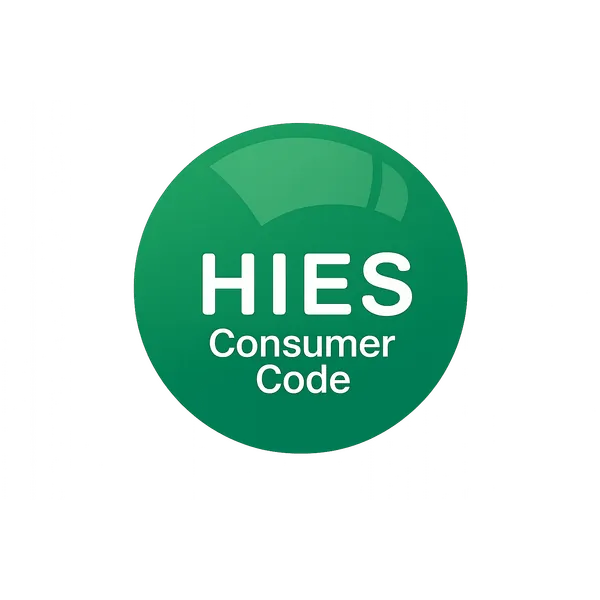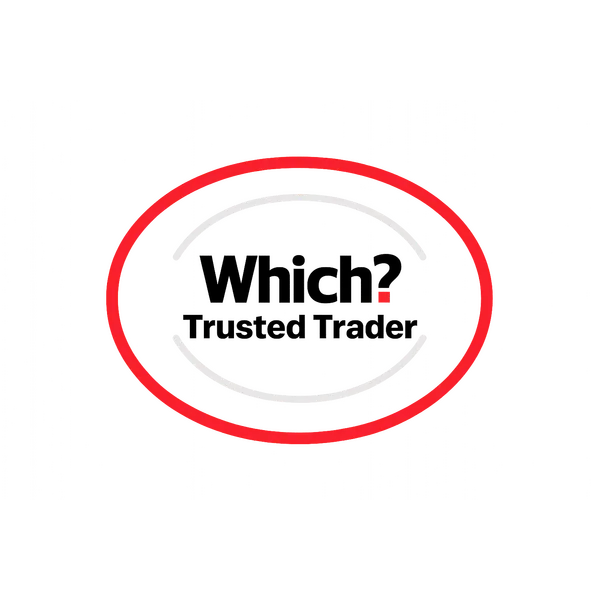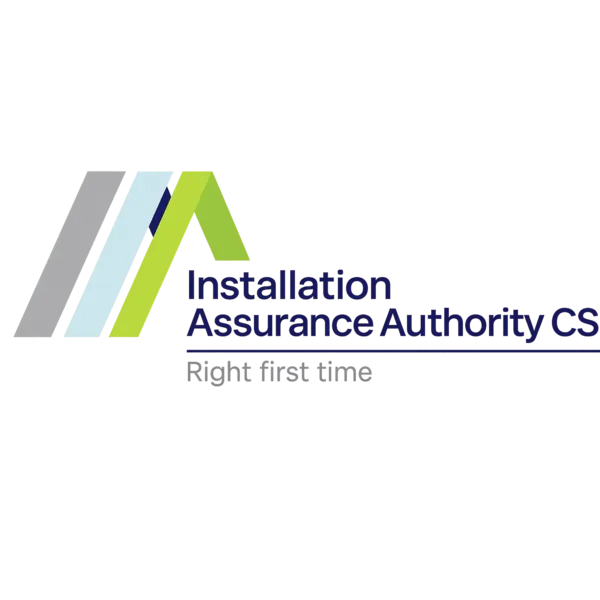Solar Technology Breakthroughs: From 28.6% Perovskite Cells to Building-Integrated Photovoltaics
Solar energy has achieved remarkable success over the past decade, with costs plummeting by 90% and global capacity reaching 2 terawatts in 2024. But the solar revolution is far from over. A new generation of breakthrough technologies is emerging that promises to make solar power even more efficient, versatile, and ubiquitous. From perovskite cells achieving record-breaking 28.6% efficiency to building-integrated photovoltaics that transform every surface into a potential power generator, these innovations are reshaping what's possible with solar energy.
The Efficiency Revolution: Perovskite Cells Lead the Charge
The holy grail of solar technology has always been higher efficiency at lower cost. Traditional silicon solar cells have steadily improved from 15% efficiency in the 1990s to today's commercial panels achieving 20-22% efficiency. But perovskite cells are shattering these limitations.
Efficiency comparison between traditional silicon and breakthrough perovskite solar cells
What Are Perovskite Solar Cells?
Perovskite solar cells use a crystal structure named after Russian mineralogist Lev Perovski. These materials have unique properties that make them ideal for solar applications:
Crystal Structure: The perovskite structure (ABX3) allows for efficient light absorption and charge transport.
Bandgap Tunability: Unlike silicon, perovskites can be engineered to absorb different wavelengths of light optimally.
Solution Processing: Perovskites can be manufactured using simple, low-temperature processes similar to printing.
Lightweight and Flexible: Unlike rigid silicon panels, perovskites can be made flexible and lightweight.
Record-Breaking Performance
Efficiency Achievements:
- 28.6% efficiency achieved in laboratory settings
- Tandem cells combining perovskite with silicon reaching 33% efficiency
- Theoretical maximum of 43% for perovskite-silicon tandems
- Rapid improvement with efficiency gains of 1-2% annually
Cost Implications:
- Manufacturing costs potentially 50% lower than silicon
- Energy payback time reduced to months instead of years
- Scalability through roll-to-roll printing processes
- Material abundance using earth-abundant elements
Overcoming Challenges
Stability Improvements:
- Encapsulation technologies protecting cells from moisture and oxygen
- Compositional engineering improving thermal stability
- Interface optimization reducing degradation pathways
- Accelerated testing proving 25-year lifespans
Commercial Readiness:
- Oxford PV building first commercial perovskite factory
- Saule Technologies developing flexible perovskite modules
- Swift Solar creating lightweight panels for aerospace
- Tandem PV focusing on high-efficiency applications
The Bifacial Revolution: 90% Market Dominance
While perovskites represent the future, bifacial solar panels are dominating the present market:
Bifacial Technology Advantages
Dual-Sided Generation:
- Front surface captures direct sunlight
- Rear surface collects reflected and diffuse light
- 15-30% additional energy generation compared to monofacial panels
- Optimal performance over reflective surfaces like snow or sand
Market Adoption:
- 90% of new installations using bifacial technology
- Cost parity with monofacial panels achieved
- Utility-scale dominance in large solar projects
- Tracking system integration maximizing energy capture
Performance Optimization
Advanced Tracking Systems:
- Single-axis tracking following the sun's daily path
- Backtracking algorithms preventing self-shading
- Terrain-following designs adapting to ground contours
- AI optimization adjusting for weather conditions
Installation Innovations:
- Elevated mounting maximizing ground reflection
- Optimal tilt angles balancing front and rear generation
- Spacing optimization preventing inter-row shading
- Ground surface treatments enhancing albedo
Building-Integrated Photovoltaics: Every Surface a Power Plant
Perhaps the most transformative solar innovation is building-integrated photovoltaics (BIPV), which transforms buildings from energy consumers into energy producers:
Examples of building-integrated photovoltaics transforming urban architecture
BIPV Applications
Solar Windows:
- Transparent solar cells maintaining visibility while generating power
- Tinted glass providing shading and energy generation
- Smart windows with variable transparency
- Skyscraper integration turning urban towers into power plants
Solar Roofing:
- Tesla Solar Roof tiles indistinguishable from traditional roofing
- Flexible solar shingles conforming to roof contours
- Integrated mounting eliminating ballast and penetrations
- Aesthetic designs maintaining architectural beauty
Facade Integration:
- Curtain wall systems with integrated photovoltaics
- Cladding materials combining protection and generation
- Architectural elements like canopies and awnings
- Decorative installations blending form and function
Market Drivers
Urbanization Trends:
- Dense urban areas with limited ground space
- Building regulations requiring renewable energy integration
- Property values enhanced by energy generation
- Grid independence reducing utility dependence
Aesthetic Acceptance:
- Invisible integration maintaining building appearance
- Architectural awards for BIPV installations
- Design flexibility enabling creative applications
- Color options matching building aesthetics
Transparent Solar: The Ultimate Integration
Transparent solar cells represent the next frontier in solar integration:
Technology Approaches
Organic Photovoltaics (OPV):
- Transparent electrodes using carbon nanotubes or graphene
- Selective absorption targeting infrared wavelengths
- Flexibility enabling curved and flexible applications
- Low-temperature processing compatible with plastic substrates
Perovskite Transparent Cells:
- Bandgap engineering for selective light absorption
- High efficiency while maintaining transparency
- Neutral color tinting preserving natural lighting
- Scalable manufacturing through solution processing
Applications
Automotive Integration:
- Sunroof panels generating power while driving
- Window integration supplementing vehicle electrical systems
- Body panel embedding for extended-range electric vehicles
- Charging infrastructure integrated into parking structures
Consumer Electronics:
- Smartphone screens with integrated solar cells
- Laptop displays extending battery life
- Wearable devices powered by ambient light
- IoT sensors with self-sustaining power
Solar Fabrics and Flexible Solutions
The development of solar fabrics is opening entirely new application areas:
Innovative solar fabric applications across various industries
Textile Integration
Wearable Solar:
- Solar clothing charging electronic devices
- Military applications powering field equipment
- Outdoor gear with integrated charging capability
- Fashion integration combining style and function
Architectural Applications:
- Solar canopies providing shade and power
- Tensioned structures for temporary installations
- Sail integration for marine applications
- Disaster relief portable power solutions
Manufacturing Innovations
Roll-to-Roll Processing:
- Continuous manufacturing reducing production costs
- Scalable production enabling mass market deployment
- Quality control through automated inspection
- Waste reduction through efficient material usage
Printing Technologies:
- Inkjet printing for precise cell deposition
- Screen printing for large-area applications
- 3D printing for complex geometries
- Additive manufacturing enabling customization
Advanced Manufacturing and Cost Reduction
The solar industry is experiencing a manufacturing revolution:
Scale Economies
Gigawatt-Scale Facilities:
- Massive production lines reducing unit costs
- Automated manufacturing improving consistency
- Vertical integration controlling the entire supply chain
- Continuous improvement through experience curves
Supply Chain Optimization:
- Polysilicon production scaling to meet demand
- Ingot and wafer manufacturing improvements
- Cell processing efficiency gains
- Module assembly automation
Regional Manufacturing
Domestic Production:
- U.S. manufacturing reducing import dependence
- European capacity building for energy security
- Indian production serving domestic and export markets
- Southeast Asian hub development
Technology Transfer:
- Knowledge sharing accelerating global deployment
- Joint ventures combining expertise
- Licensing agreements enabling technology access
- Equipment suppliers supporting global manufacturing
Smart Solar Systems and IoT Integration
Modern solar installations are becoming increasingly intelligent:
Performance Monitoring
Real-Time Analytics:
- Power output tracking and optimization
- Weather correlation for performance prediction
- Fault detection enabling rapid response
- Energy yield forecasting for grid integration
Predictive Maintenance:
- Thermal imaging detecting hotspots
- Electrical monitoring identifying degradation
- Automated cleaning maintaining peak performance
- Component replacement scheduling
Grid Integration
Smart Inverters:
- Grid services providing voltage and frequency support
- Reactive power control for grid stability
- Ride-through capability during grid disturbances
- Communication protocols enabling grid coordination
Energy Management:
- Demand response participation
- Energy storage integration
- Electric vehicle charging coordination
- Peer-to-peer energy trading
The Agrivoltaics Revolution
Combining agriculture with solar energy is creating win-win solutions:
Dual Land Use
Crop Protection:
- Shade provision reducing water needs
- Microclimate creation improving growing conditions
- Pest reduction through altered light conditions
- Soil moisture conservation
Energy Generation:
- Optimal spacing balancing crops and energy
- Adjustable panels adapting to crop needs
- Seasonal configuration optimizing for different crops
- Integrated irrigation using solar power
Economic Benefits
Revenue Diversification:
- Dual income streams from crops and energy
- Risk reduction through diversification
- Land value enhancement
- Rural development opportunities
Research and Development:
- Crop optimization for agrivoltaic systems
- Panel design customized for agriculture
- Automation systems for integrated management
- Performance monitoring for both crops and energy
Energy Storage Integration
The future of solar is increasingly coupled with energy storage:
Integrated Systems
AC-Coupled Storage:
- Retrofit capability for existing installations
- Flexible sizing independent of solar capacity
- Grid services participation
- Backup power during outages
DC-Coupled Storage:
- Higher efficiency through reduced conversions
- Integrated design optimizing system performance
- Cost reduction through shared components
- Simplified installation reducing complexity
Smart Energy Management
AI Optimization:
- Load prediction for optimal storage dispatch
- Weather forecasting for generation planning
- Market optimization maximizing revenue
- Grid interaction providing system services
Home Energy Systems:
- Whole-home backup during outages
- Time-of-use optimization
- Electric vehicle charging integration
- Smart appliance coordination
Future Outlook and Emerging Technologies
The solar industry continues to innovate:
Next-Generation Technologies
Quantum Dot Solar Cells:
- Tunable properties through size control
- Multiple exciton generation exceeding theoretical limits
- Solution processing enabling low-cost manufacturing
- Flexible applications on various substrates
Concentrated Photovoltaics (CPV):
- Ultra-high efficiency exceeding 40%
- Tracking systems following the sun
- Thermal management utilizing waste heat
- Specialized applications in high-direct-normal irradiance regions
Emerging Applications
Space-Based Solar:
- Orbital installations collecting continuous sunlight
- Wireless power transmission to Earth
- Lunar installations for space exploration
- Satellite power for space missions
Floating Solar Evolution:
- Offshore installations in ocean environments
- Hybrid systems combining with wave and wind
- Aquaculture integration dual-use applications
- Seasonal storage for grid balancing
Conclusion: The Solar Renaissance
We are witnessing a solar renaissance that goes far beyond simple cost reductions. The convergence of multiple breakthrough technologies—from 28.6% efficient perovskite cells to building-integrated photovoltaics to transparent solar fabrics—is transforming solar from a utility-scale technology into a ubiquitous part of our built environment.
The implications are profound. Every building surface, every window, every piece of fabric could potentially generate electricity. The aesthetic barriers that have historically limited solar adoption are crumbling as technologies become truly invisible or even enhance architectural beauty.
The efficiency gains from perovskite cells and advanced silicon technologies are making solar power more competitive in low-light conditions and high-latitude regions previously considered unsuitable for solar deployment. The 90% market adoption of bifacial panels shows how quickly the industry can embrace superior technologies.
Perhaps most importantly, these technologies are converging with energy storage, artificial intelligence, and smart grid systems to create integrated energy solutions that are greater than the sum of their parts. Solar is no longer just about generating electricity—it's about creating intelligent, responsive energy systems that can adapt to our needs in real-time.
The solar revolution is accelerating, and these breakthrough technologies are ensuring that solar will become the dominant energy source globally. From the microscopic engineering of perovskite crystals to the architectural integration of transparent solar cells, innovation is happening at every scale.
As we look toward 2030 and beyond, solar technology will continue to surprise us with new capabilities and applications. The question is not whether solar will dominate our energy system, but how quickly these breakthrough technologies will transform every aspect of our built environment into a clean energy generator.
Ready to harness breakthrough solar technologies? Contact us to discover how these innovative solar solutions can transform your energy future today.















